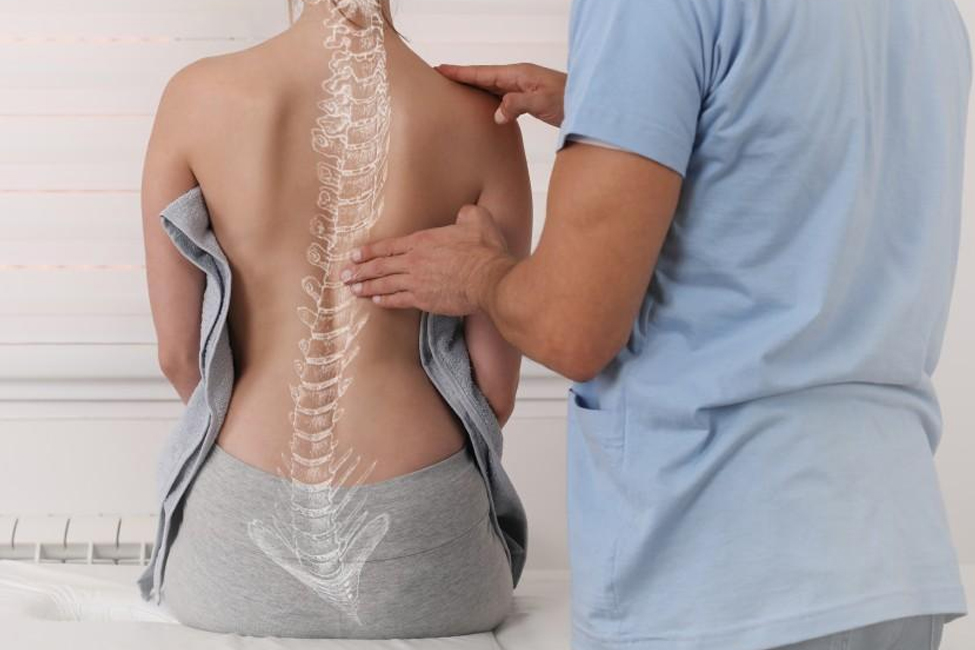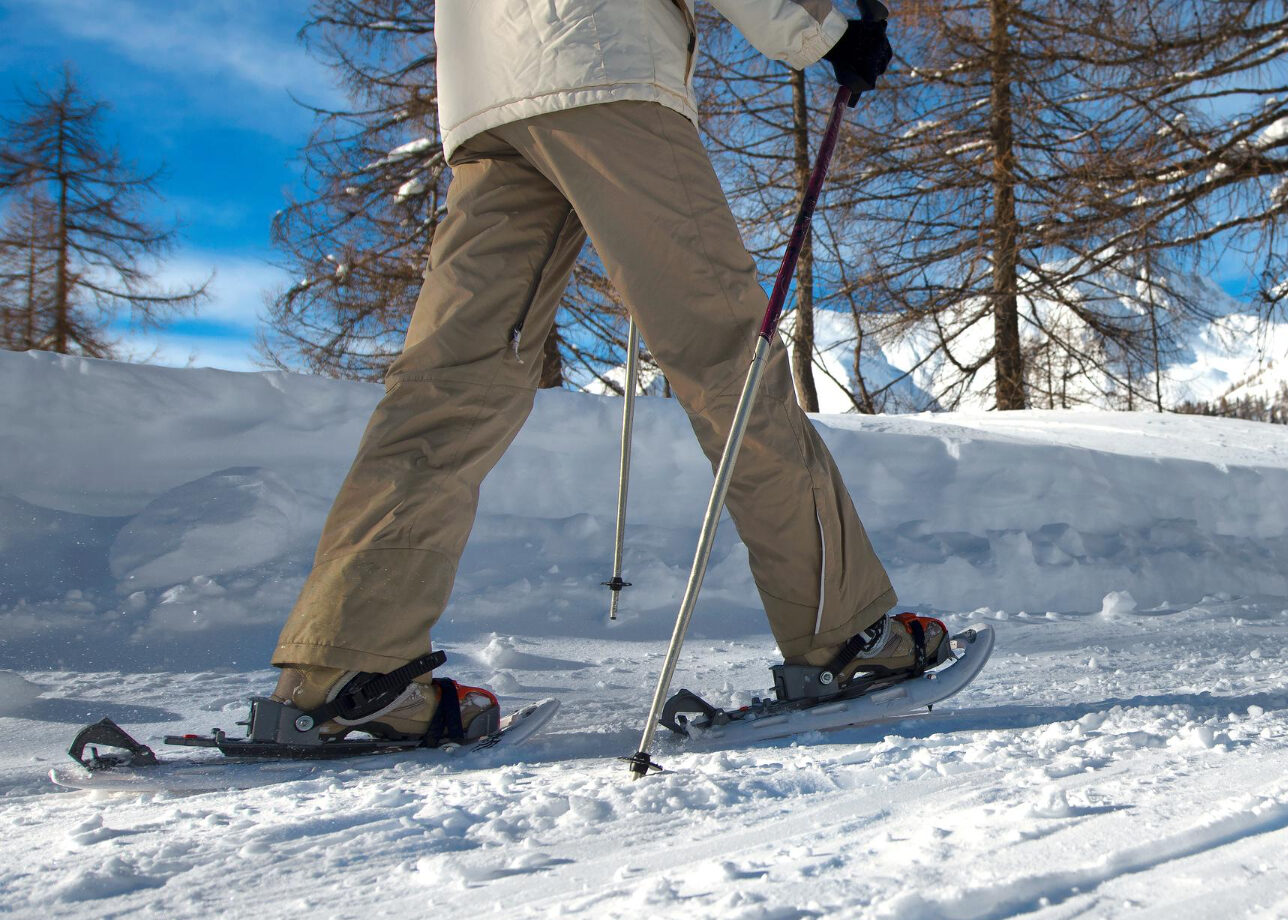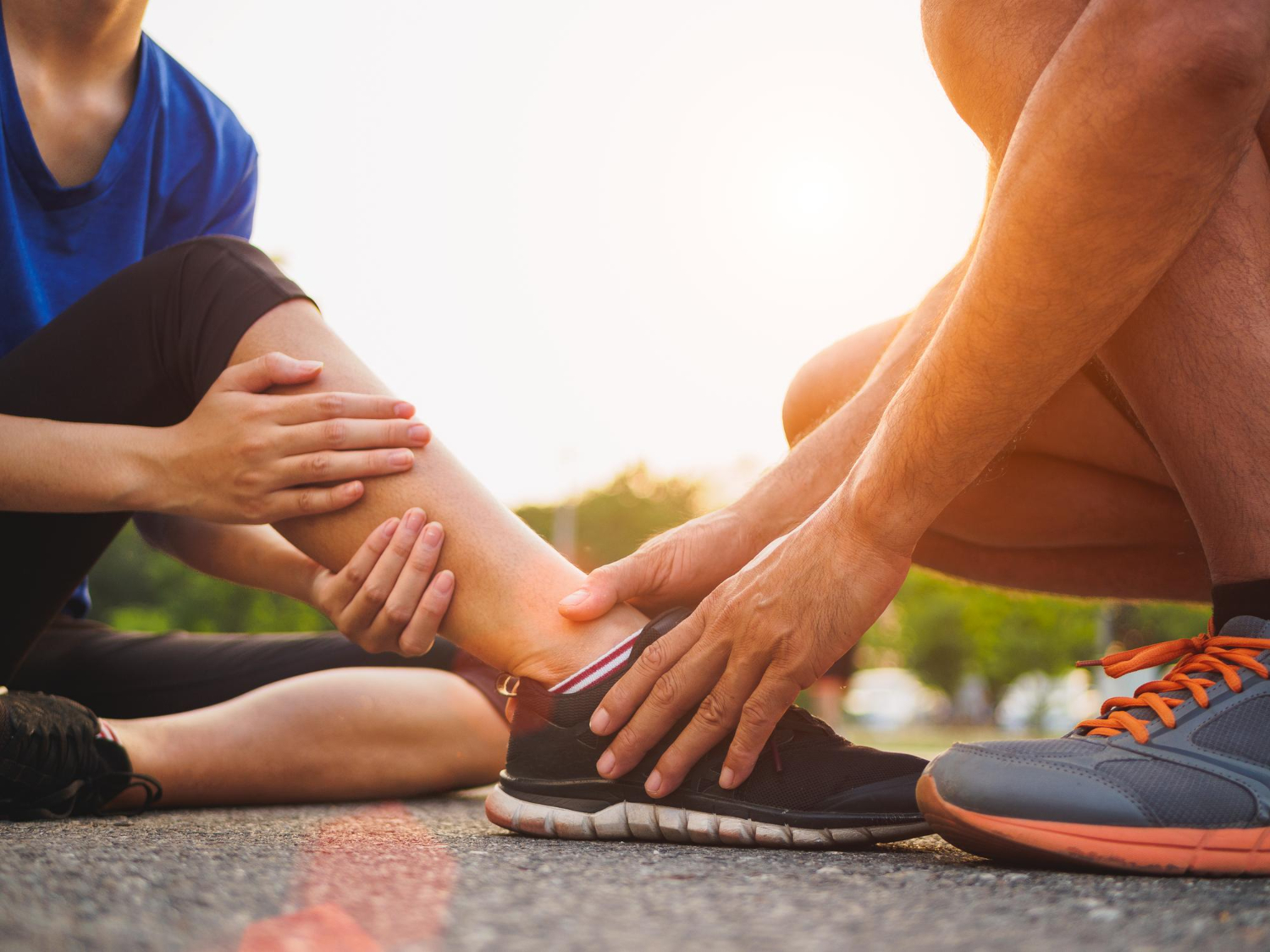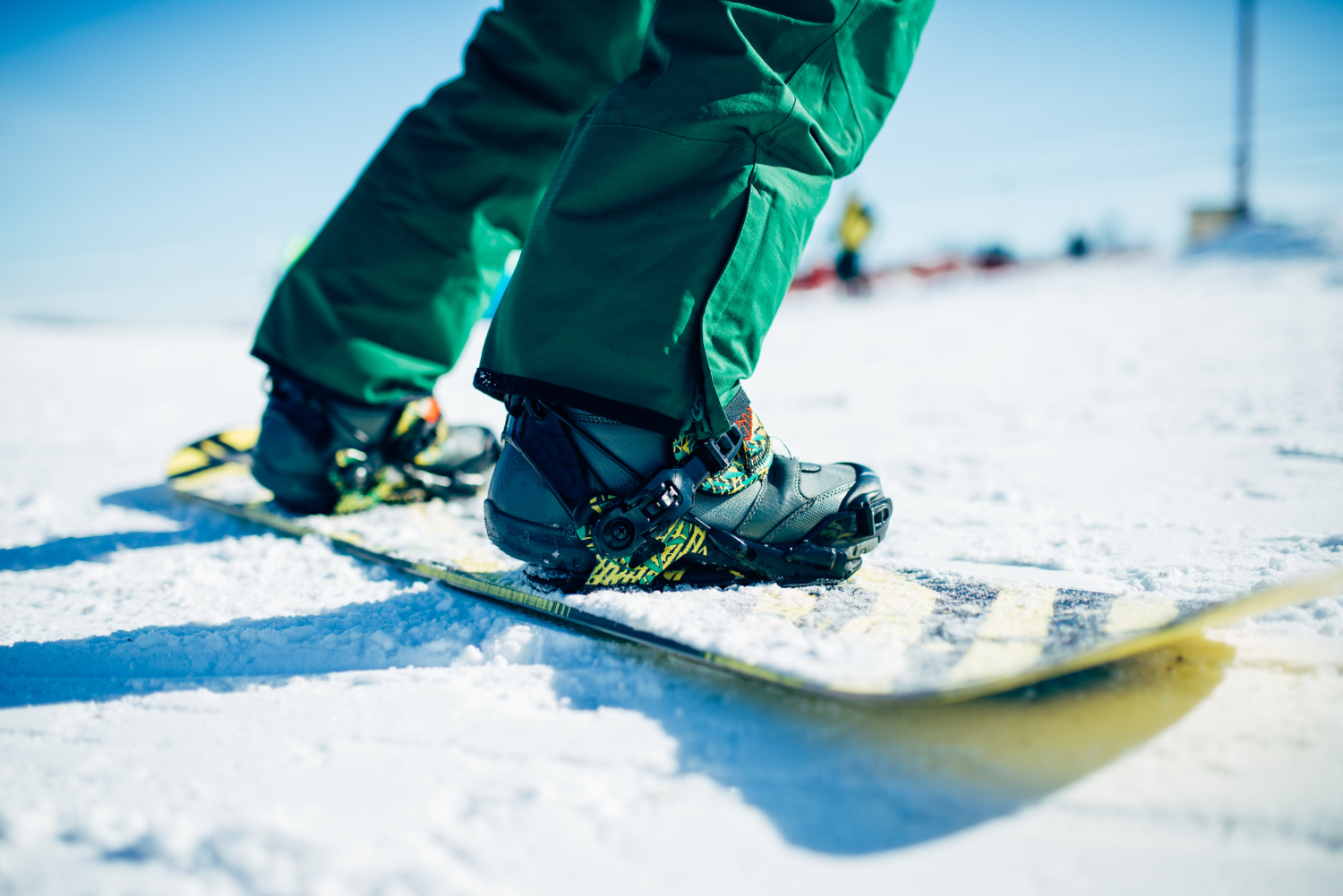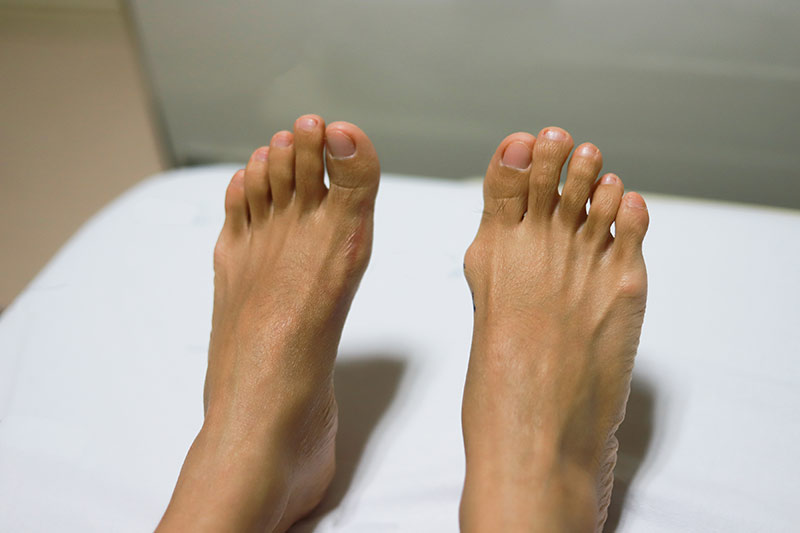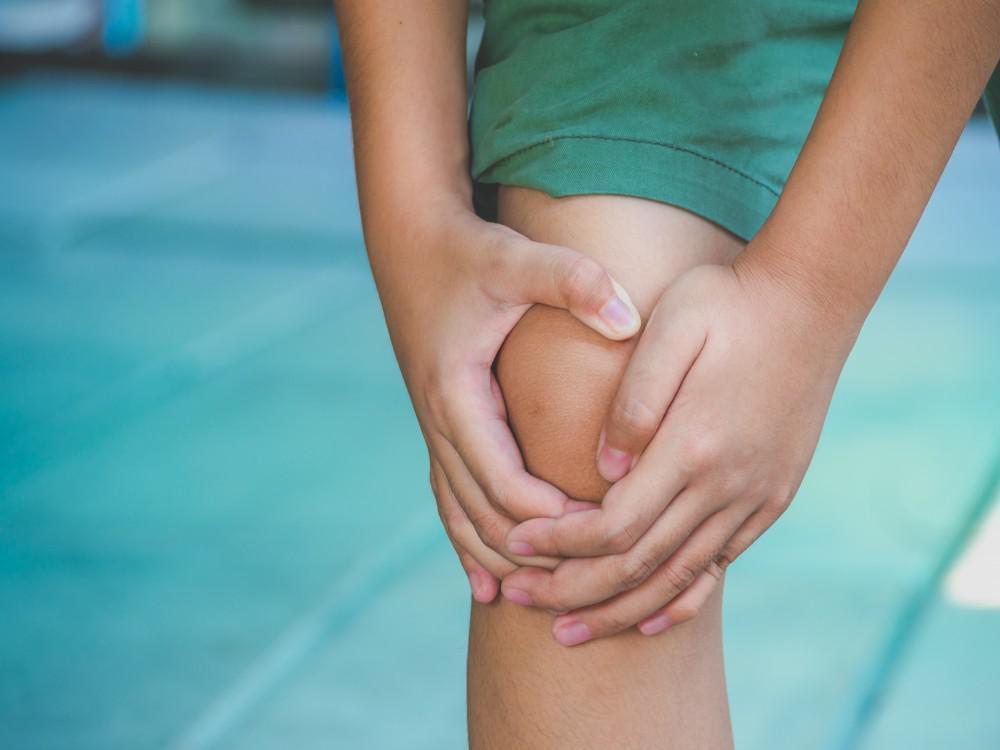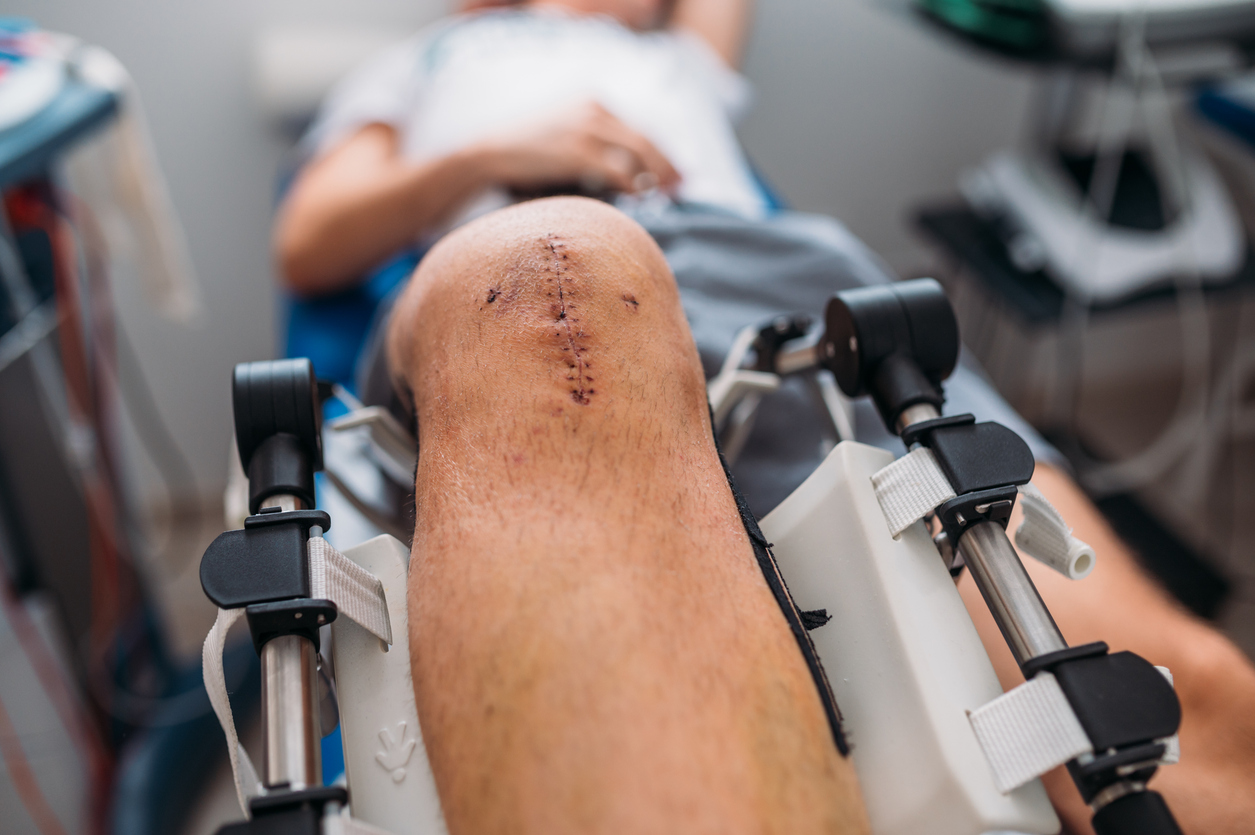Intense back or neck pain, tingling sensations, and reduced mobility are common symptoms experienced by individuals with spinal stenosis, a condition characterised by the narrowing of the spinal canal. The pressing discomfort and limitations in movement often prompt concerns about potential surgical interventions.
However, for many individuals grappling with this ailment, there exists a realm of hope outside the realm of surgery. Non-surgical solutions offer viable alternatives, aiming to alleviate symptoms and improve daily life without the necessity of invasive procedures.
Explore a spectrum of non-surgical strategies and treatments tailored to mitigate the effects of spinal stenosis, offering relief and enhancing the quality of life for those affected by this condition.
Understanding Spinal Stenosis
Before delving into non-surgical treatments, it’s essential to understand what spinal stenosis is and its common causes. Spinal stenosis occurs primarily due to age-related changes in the spine, such as osteoarthritis, thickened ligaments, or bone spurs. This narrowing of the spinal canal can lead to compression of the nerves, resulting in pain, weakness, and numbness in the back, neck, arms, or legs.
Non-Surgical Treatment Options
1. Physical Therapy
Physical therapy is a cornerstone in the non-surgical management of spinal stenosis. Therapeutic exercises and stretches can improve flexibility, strengthen supporting muscles, and enhance overall mobility. A trained physical therapist can create a tailored exercise plan focusing on core strength and stability, which helps relieve pressure on the spine.
2. Pain Management
Pain relief can be achieved through various non-invasive methods. Over-the-counter medications, such as NSAIDs (nonsteroidal anti-inflammatory drugs), can alleviate pain and reduce inflammation. Additionally, muscle relaxants or nerve pain medications can offer relief. Acupuncture, massage therapy, or transcutaneous electrical nerve stimulation (TENS) are alternative therapies that can also aid in managing pain associated with spinal stenosis.
3. Epidural Steroid Injections
For more severe pain, epidural steroid injections might be recommended. These injections deliver anti-inflammatory medication directly to the affected area, reducing inflammation and alleviating pain. While the relief is often temporary, these injections can provide significant comfort and allow individuals to engage more effectively in physical therapy or daily activities.
4. Lifestyle Modifications
Simple lifestyle changes can make a significant impact on spinal stenosis symptoms. Maintaining a healthy weight reduces stress on the spine, while proper body mechanics and posture can prevent exacerbation of symptoms. Using assistive devices, such as a brace or cane, can also alleviate pressure on the spine and aid in movement.
5. Chiropractic Care
Chiropractic adjustments aim to realign the spine, reduce nerve irritation, and improve spinal function. While not a cure for spinal stenosis, chiropractic care can offer relief by addressing misalignments in the spine, helping to reduce pain and improve mobility.
6. Aquatic Therapy
Exercising in water can be particularly beneficial for individuals with spinal stenosis. Aquatic therapy reduces the impact on the spine while allowing for resistance exercises. The buoyancy of water supports the body and makes movement easier, providing relief and facilitating physical therapy.
The Importance of Consistency and Monitoring
Consistency in following these non-surgical treatments is crucial. Patients must adhere to their exercise regimens and lifestyle modifications to experience long-term relief. Regular monitoring by healthcare professionals is necessary to assess progress and adjust the treatment plan.
The Importance of Consistency and Monitoring
While non-surgical approaches are often effective, there are instances where surgery becomes necessary. If symptoms worsen, or if there’s a loss of bladder or bowel control, surgery might be recommended to create more space within the spinal canal and relieve pressure on the nerves.
Spinal stenosis can significantly impact an individual’s quality of life. However, surgery is not always the first or only option. Non-surgical treatments can provide substantial relief for many patients suffering from this condition. Combining physical therapy, pain management, lifestyle modifications, and other non-invasive methods can significantly reduce pain and improve mobility. It’s crucial to work closely with healthcare professionals to design a tailored treatment plan that suits the individual’s specific needs and circumstances.
Understanding the range of non-surgical options available empowers individuals to take an active role in managing their spinal stenosis and finding relief without resorting to surgery. Remember, each case is unique, so consulting with healthcare providers is essential to determine the most appropriate action.

